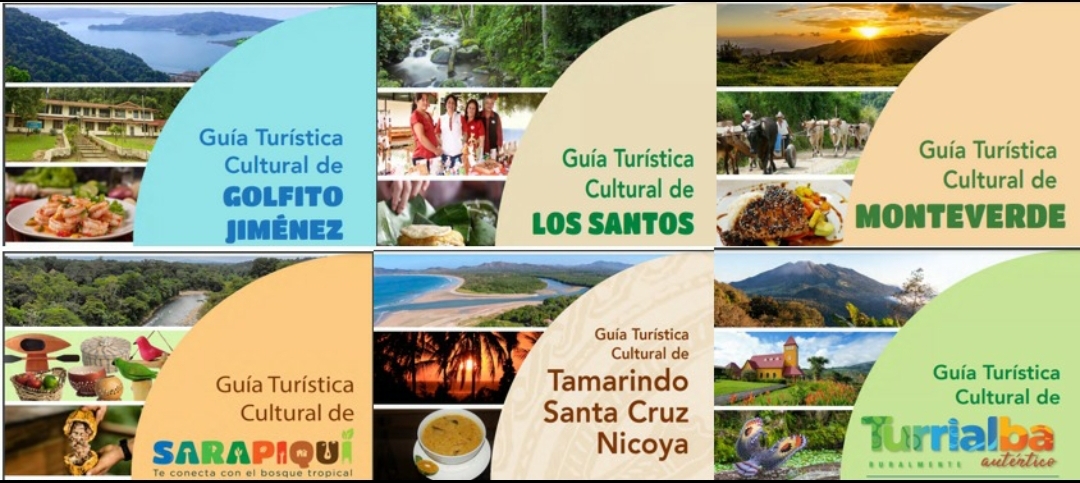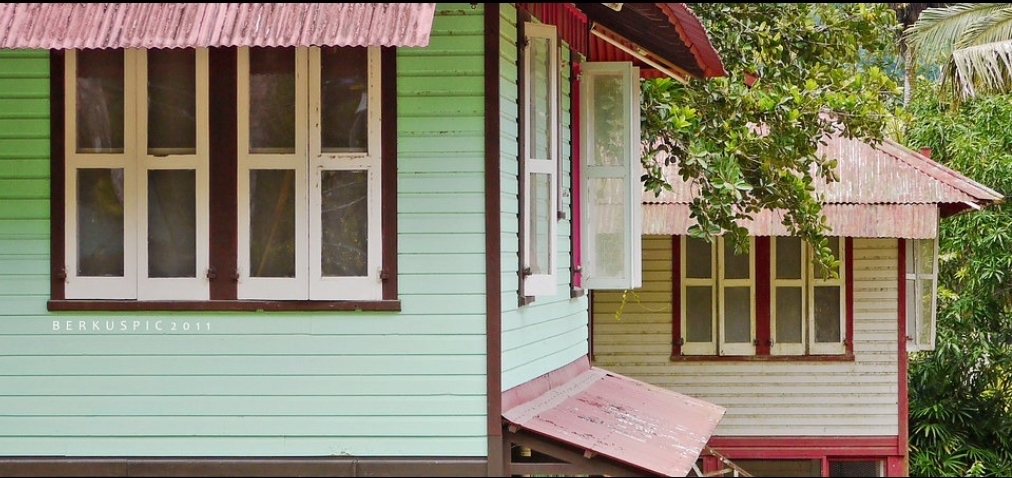22-04-2021
Tourist guides to discover Costa Rica: a commitment to the national market
Arturo Silva Lucas | Alba SudThe drastic reduction in international tourism due to the COVID-19 pandemic has made many countries turn their gaze to the national market, which has been undervalued until now. In the case of Costa Rica, its public authorities promote a series of guidelines to reactivate domestic demand, while they wait for the previous situation to return.

The Costa Rican Tourism Institute (ICT) made six guides to tourist destinations in the country available. The selected destinations are Monteverde, Los Santos, Turrialba, Golfito-Jiménez, Sarapiquí and Tamarindo-Santa Cruz-Nicoya. The objective of the guides is to position the tourist brand of each of the first six selected destinations. The ICT seeks to cover all 32 tourism development centers in Costa Rica in the future.
The guides are the result of the joint work of tourist chambers, the Ministry of Culture, municipalities, the National System of Conservation Areas (SINAC), and the State Distance University (UNED) under the coordination of the Integral Management Program for Destinations in Development Centers ICT tourist. It is part of the inter-institutional effort to reactivate tourist activity after the blow caused by COVID-19, especially aimed at national tourists.
They are designed as digital brochures to facilitate their updating and interaction with their content. They can be accessed through the institutional page and on the portal dedicated to the national tourist “Vamos a Turistear.” One of the options is the download in PDF or they can also be accessed in FlipBook format, but for the latter, a stable internet connection is needed.

Each guide has a wide variety of photographs, maps, directory of accommodations, activities, and tourist support services in each location. It's notable the use of hyperlinks to access videos, local tour operator web pages and other types of complementary services to tourist activity.
The stamp of SINAC and the Ministry of Culture is evident. They have detailed information on the great variety of Protected Wild Areas (ASP) in each of the destinations. At the same time, it gives tourists the cultural menu of the regions through calendars local-community festivals, gastronomy, traditions, history, and characteristics of the local architecture.
In the offer, fewer impact activities such as rural tourism, rural community tourism, ecotourism, adventure tourism, and agro-tourism prevail over other tourism models. Throughout the guides, the intention of positioning lodgings based on cooperatives, micro and small enterprises, or any type of services in which the tourist can interact with the host communities stands out.
Some details of the destinations
Monteverde: It is the main ecotourism destination in the country. Located on the pacific line, the first family groups settled in the early twentieth century. In the 1970s, American Quakers established a small colony fleeing military service in their country. Due to its mountainous location, its climate is temperate during the day and cold at night. Even though the community is only 54 km², it has access to five ASPs where you can canopy, hiking, and bird watching. In addition, it has a wide range of rural community tourism, volunteering, and foreign student exchanges.
Los Santos: Commonly called the Los Santos Zone, it owes its name to the union of three cantons that are named after Catholic saints: San Pablo, San Marcos, and Santa María. Characterized as a peasant area dedicated to high-altitude coffee, was a place of some episodes of the Costa Rican 1948 civil war. Its main product revolves around agrotourism in family farms and cooperatives. Due to its proximity to the central valley, it offers one-day tours for flora and fauna sighting.
Turrialba: It was the only access route to the Costa Rican Caribbean until the construction of the Braulio Carrillo highway in 1978. Turrialba was the birthplace of some of the most important Costa Rican poets of the twentieth century. Tourists can go rafting on the Pacuare River, visit two volcanoes and the 3,000-year-old Guayabo archaeological site. As well as agrotourism at the Tropical Agricultural Research and Teaching Center (CATIE) and guided visits to the Juan Viñas sugar cane hacienda, the site of one of the most important workers' strikes in national history.
Golfito-Jiménez: It is located on the Osa Peninsula in the South Pacific. Its tourist offer is based on ecotourism in various ASPs, wellness tourism on the coasts, and the sighting of marine life. Ideal destinations for surfing such as Dominical and Pavones, whale watching and sport fishing stand out. As a result of the presence of the banana company for almost 70 years, the local architecture, the design of streets and common spaces remain unchanged over the years.
Sarapiquí: It is the fifth-largest canton in the country, it ranges from the center of the country to the border with Nicaragua. The destination is recognized as ideal for rural tourism, adventure, and rural community tourism. In Sarapiquí the local production of handicrafts, hiking and bird watching in private reserves are important.
Tamarindo-Santa Cruz-Nicoya: Although Guanacaste is promoted to the world as a massive resort and residential tourism destination, this guide aims to visualize other types of experiences. Mainly with a solid description of the Guanacaste culture, its traditions, gastronomy, and practices around livestock such as bullfights. Although it is the guide that dedicates the least to rural community tourism, it makes up for it with the promotion of public viewpoints, some cooperatives, a wide variety of beaches, rural tourism, and ecotourism.
What are the guides looking for?
This first run of guides tries to promote Costa Rican tourist diversity in an accessible way. It is part of an aggressive campaign to position Costa Rica as the first sustainable tourism destination in the world in 2021. In terms of advertising success, it can be said that the goal has been achieved, as certified by specialized magazines such as Lonely Planet and National Geographic.

Bernal Saborio G. (berkuspic), creative commons license.
However, the crisis in the sector that brought the COVID-19 pandemic was particularly hard for micro, small and medium enterprises, cooperatives that orbit around tourism in rural and natural spaces. One of the most recent episodes was the definitive closure of the country's first adventure tourism company Ríos Tropicales. The company, which had 40 employees, closed operations due to the impossibility of coping with the lack of income.
As happened in Costa Rica during the global crisis of 2007, national tourism is called upon, at least until the flow of foreign tourists returns to the numbers prior to the pandemic. Along with the guides, there is a strong campaign to attract national tourists. It remains to be seen if these measures will be sustained in the long term and national tourism maintains the centrality it enjoys today.
